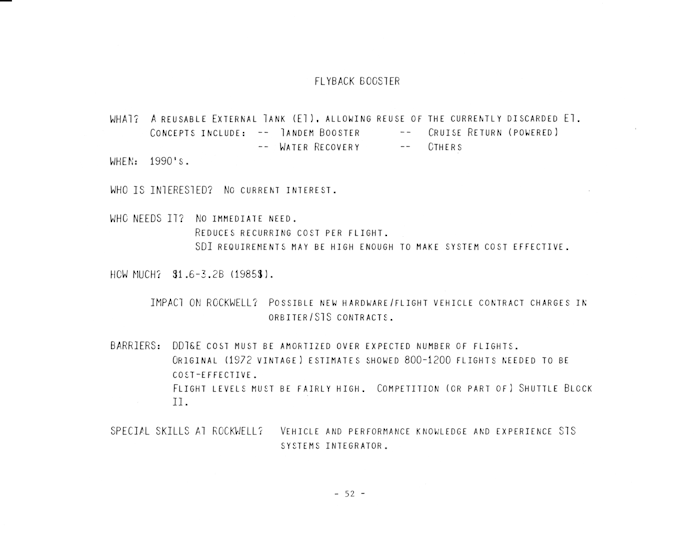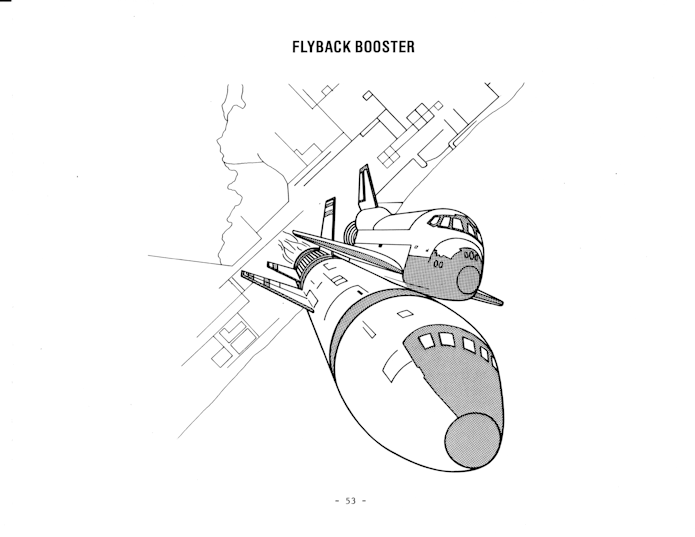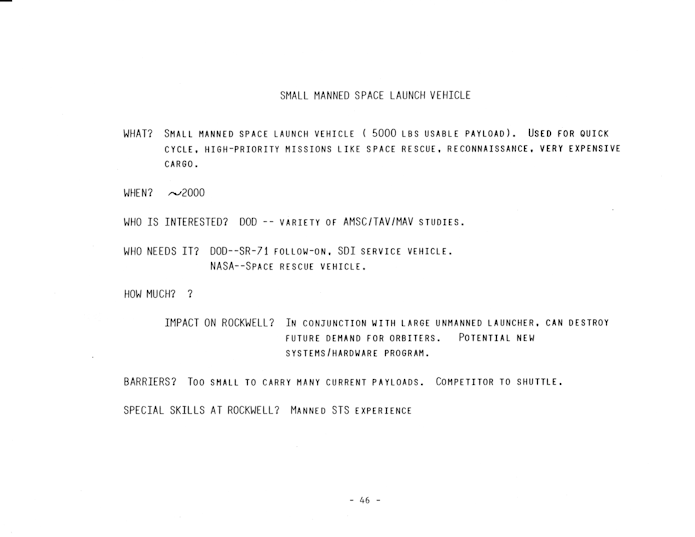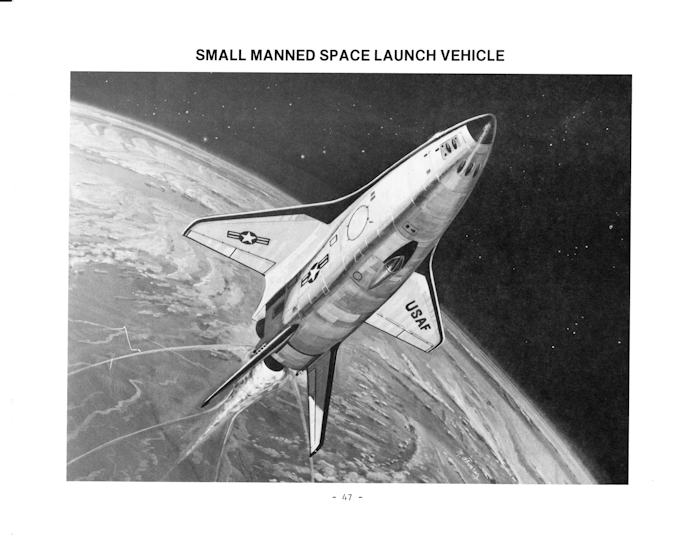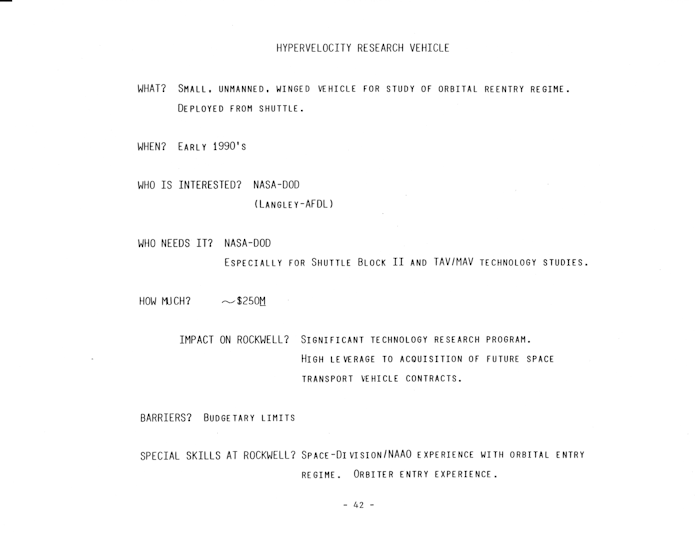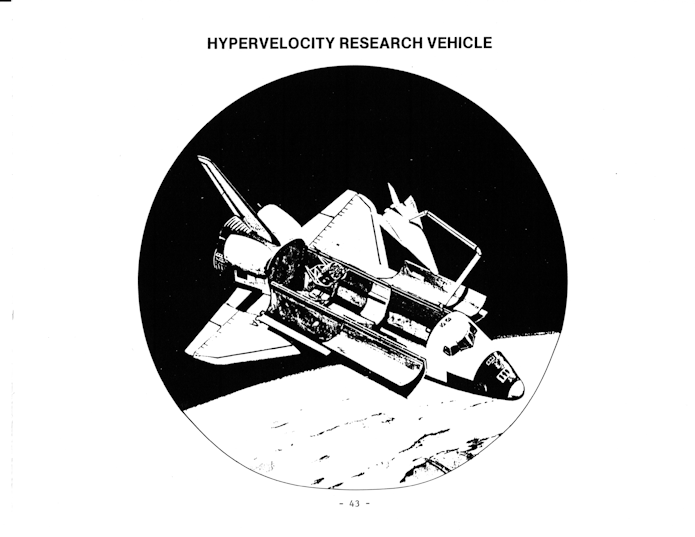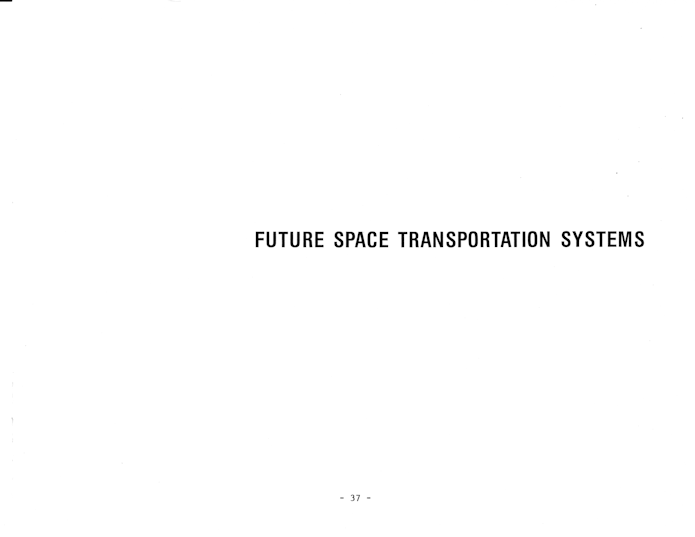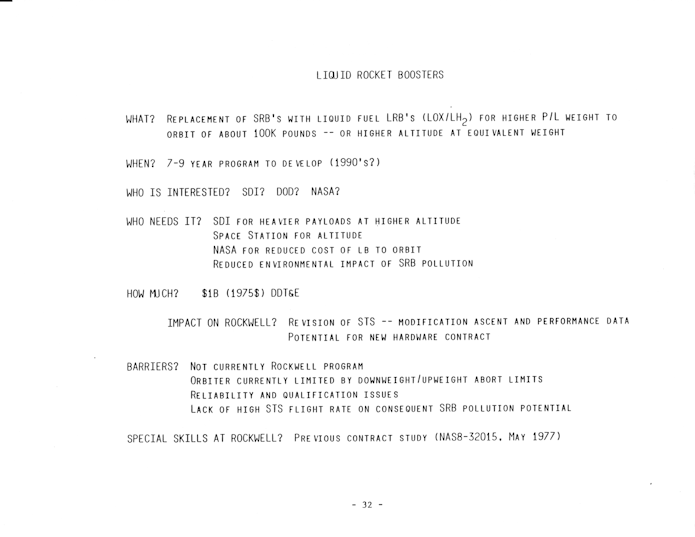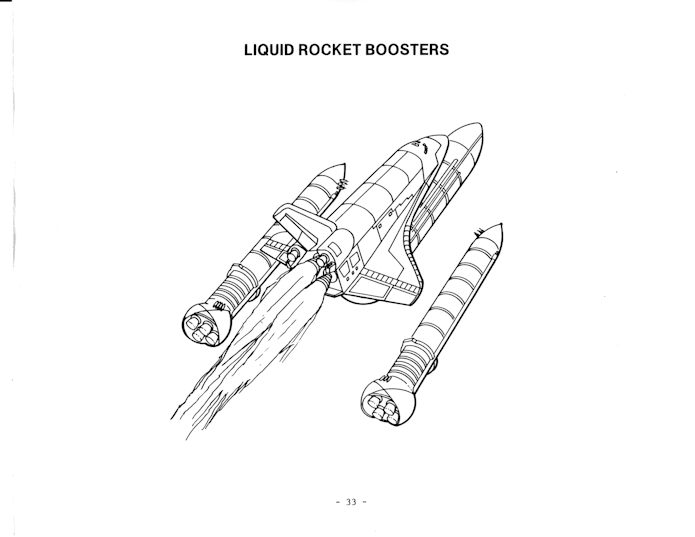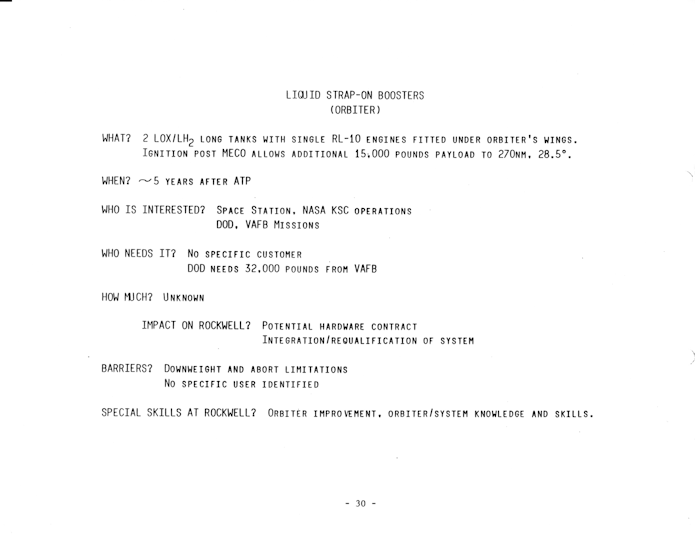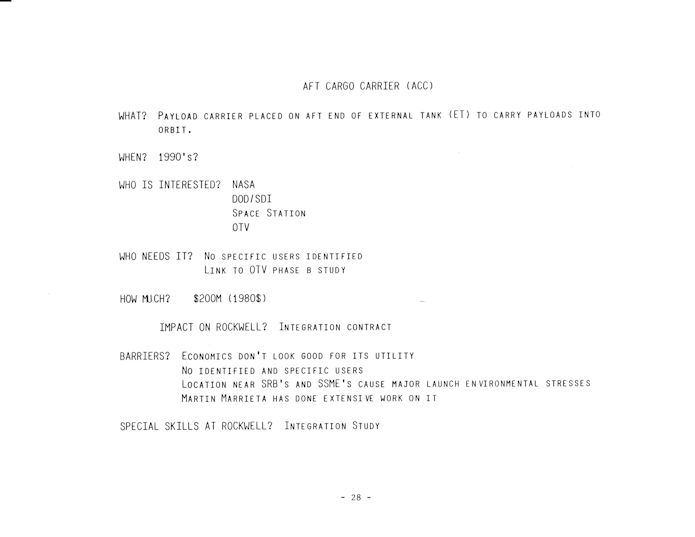It was in some doubt on my end, but I managed to get the October rewards issued in the nick of time. I have been uprooted and moved well over a thousand miles into smaller digs; much of my stuff was abandoned or outright tossed but my files seem, so far, to have survived the journey intact and hopefully complete. I’m in the process of straightening that all out now, and with luck November will be more orderly.
The October rewards included:
Diagram: A very large format scan of the McDonnell Douglas Model D-3235 Supersonic Transport from 1988
Documents: The Boeing “Airborne Alert Aircraft”
A new scan of the Goodyear “METEOR Junior” report, this time scanned from a pristine original
A scan of a collection of JPL CAD diagrams of a Pluto flyby spacecraft circa 1994… sent to me during my college days with the hopes that I could make a display model of it (beyond my capabilities at the time)
In lieu of the CAD diagram usually created for $5 and up Patrons, which I had nowhere near the time to create, a scan of some North American Rockwell brochures on the HOBOS homing bomb system.
If this sort of thing is of interest – either in receiving these sort of rewards or in helping to preserve this sort of aerospace history – consider signing up for the APR Monthly Historical Documents Program.
